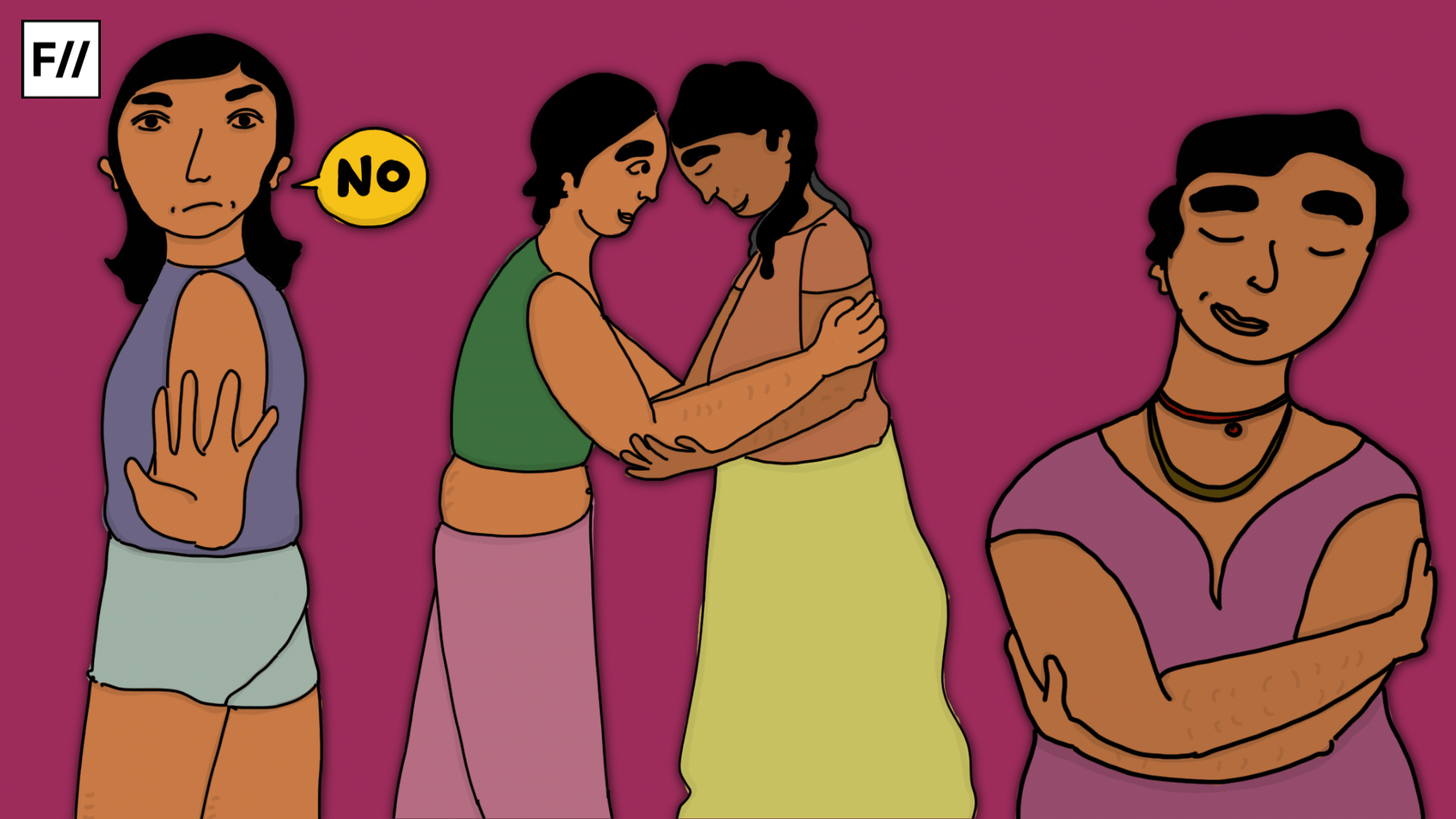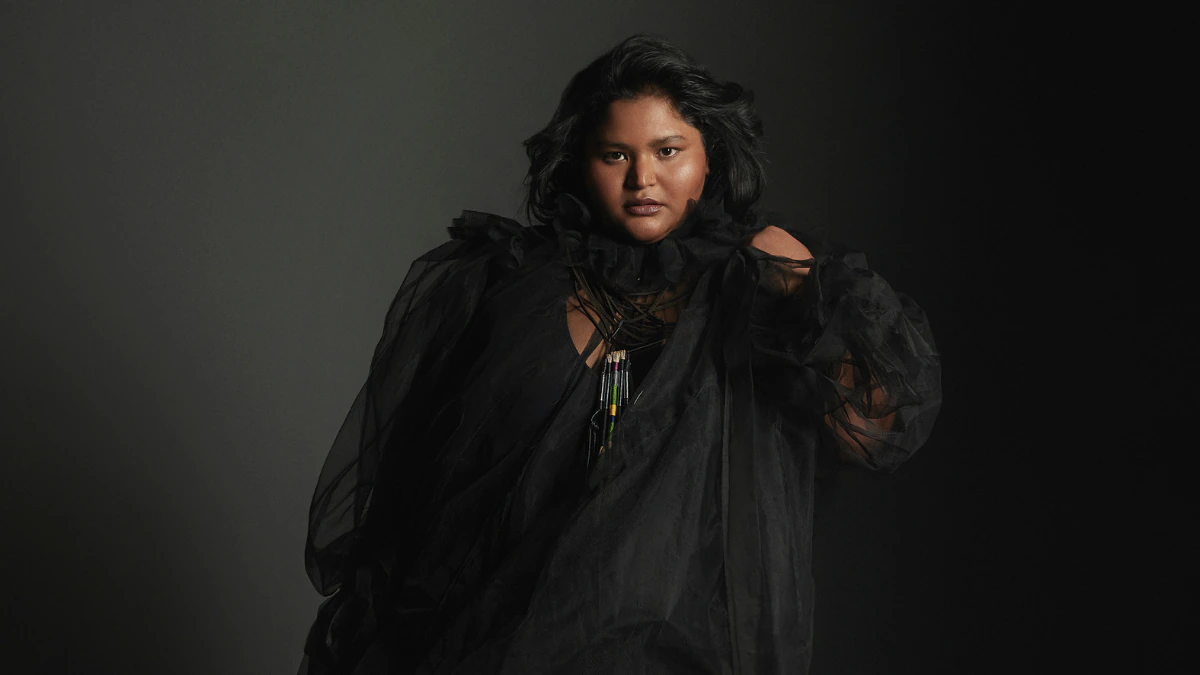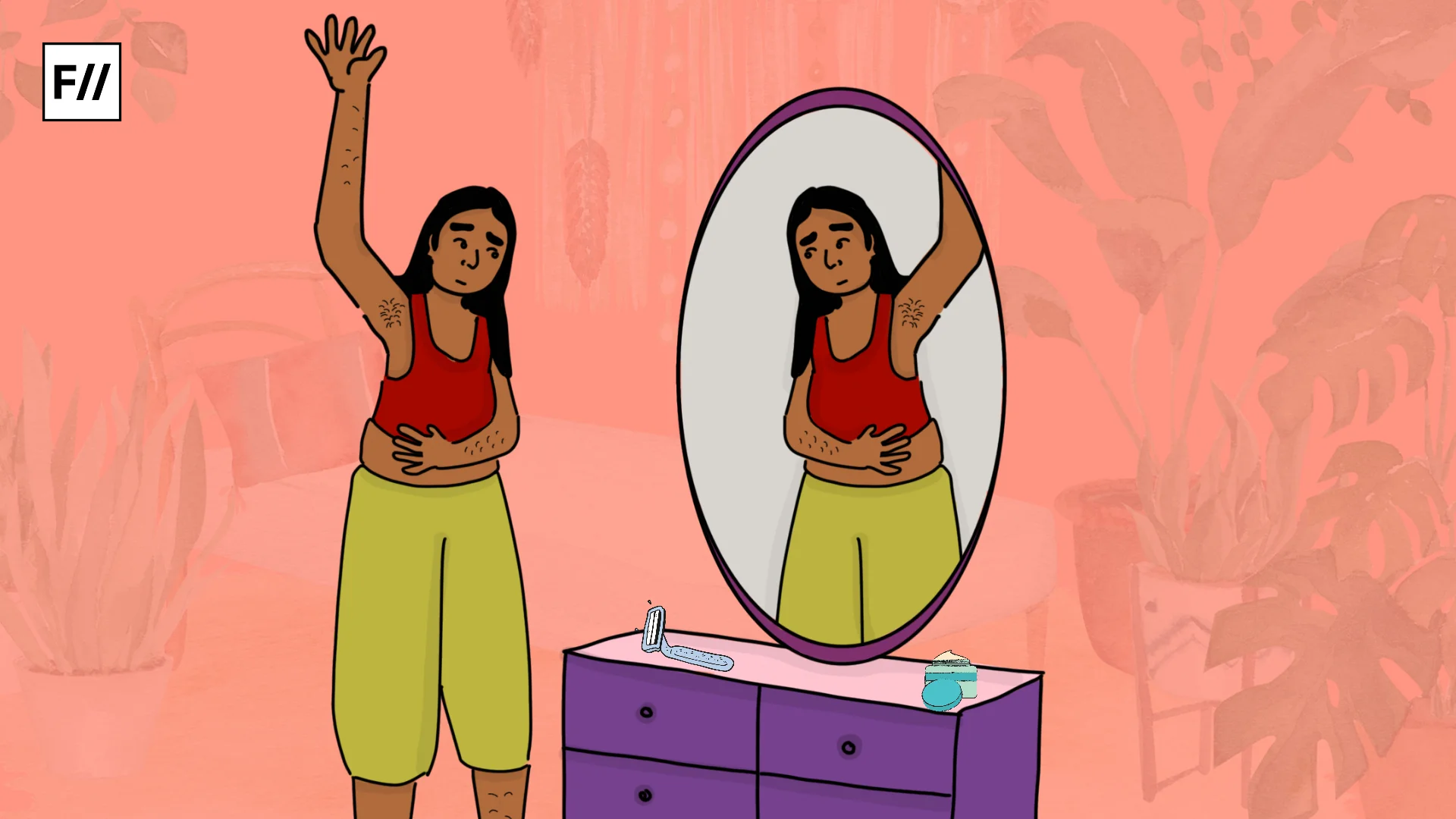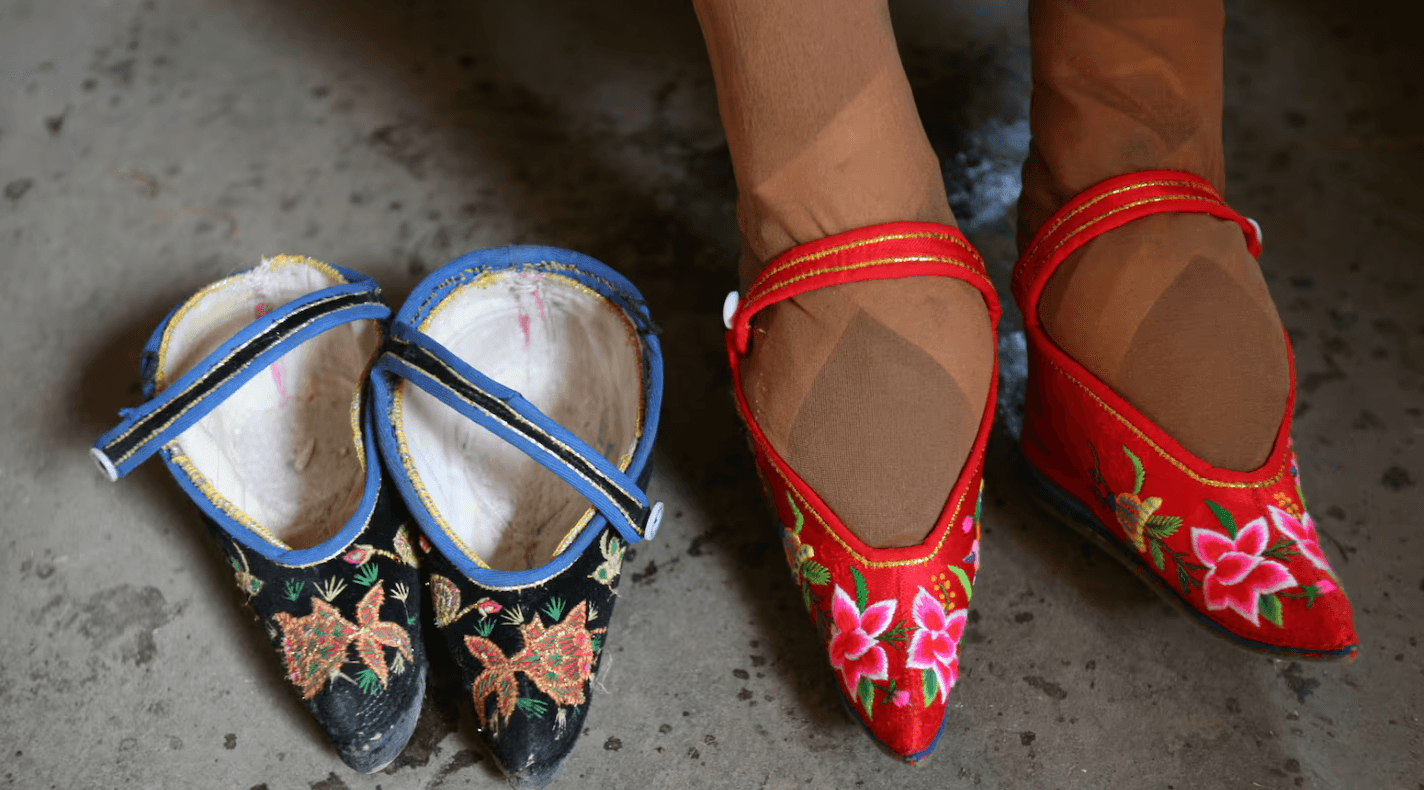Our bodies and minds are complex and the way they interact with each other often determines how we understand and look at ourselves. Young adults often base their opinion about themselves on what they consume on a daily basis, as well as how their peers perceive them or what people around them say about their appearance. Add to that the fact that content on the internet and mainstream pop culture does not help the cause. Growing up, every individual’s bodies and minds undergo numerous changes. Dealing with all these changes is often extremely overwhelming.
So let’s try to break down the various components and complexities of body image and consent.
Body Image and Self-esteem
What we think about our body, how we see it, and how others perceive it is very closely linked to our self-esteem. As we grow up, changes in our bodies take place not just externally but also internally. How we see and perceive things change, and it is intimidating at first. This is because of a lack of conversation around this topic. There is an overarching conservative thought that one’s body is private and is not to be discussed in public, which prevents many young adults and even older people from learning about the problems of negative body image and getting access to accurate information. The Girls’ Attitudes survey, which looked at 1,600 girls and young women aged 7 to 21, determined that the older girls get, the more ashamed they become of their appearance.
What determines body image?
As we enter our teenage, we are constantly fed with the idea of a ‘perfect body’, through every content we consume. Be it on the internet, on TV, in movies, in songs, in books, or even in conversations with people including doctors, teachers, and other authority figures, the ‘perfect body’ is always depicted as “fair and beautiful”. But that portrayal couldn’t be more incorrect, prejudiced and problematic. The rampant consumerism and capitalism have narrowed the idea of beauty and there is immense pressure to look a certain way. This flawed idea forces young adults to stop seeing their bodies as their own but as something that needs to be “customised” in accordance with others. This impacts not just their physical health but takes a huge toll on their mental and emotional health. A 2019 study found that an increase in depressive symptoms seems to be associated with physical changes that emerge.
The role that media plays
While there are multiple factors that determine one’s understanding of their body, one of the most powerful and overarching one is the portrayal in media. Both pop culture and social media reflect the reality of society and thus end up magnifying several wrong beliefs and stereotypes associated with one’s body. Platforms that focus on visual images and use image enhancement filters often end up pushing forth eating disorders. An investigation by the Wall Street Journal found the TikTok algorithm shows accounts registered as 13-year-olds thousands of weight loss videos within weeks of joining the platform. Advertisements and movies promote certain body types as “attractive” and the rest as “unattractive”. They very rarely portray or talk about disabled bodies, and fat bodies thus alienating them and furthering the already attached stigma, and aiding body-shaming.
Also read: From Lysol To Lightening Creams: The Problematic History Of ‘Feminine Hygiene’ Products
Body Image and Consent
Another very important factor that warrants addressing is the relationship between body image and consent. While the two might seem separate they interact with each other in a very intricate way. Constant body shaming, so-called ‘good-willed’ people randomly advising about tips to lose weight and stay fit, and negative perceptions about our bodies—about how they look and feel often put us in a place where neither we understand our bodies nor are we willing to accept it. The idea of fitness itself is seen and perceived from an ableist lens. Furthermore, a lack of conversation addressing the changes and creating awareness, and providing reasoning about the same further isolate an individual from their body. As a result of this, understanding the concept of consent when it comes to our body becomes extremely difficult.
The idea of consent, how it functions, and why it is important can only form with a better understanding of one’s body, and with an understanding of boundaries. The idea of pursuing the “perfect” body image often blurs the boundaries between what is consensual and non-consensual. And this is no fault of the individual, but a larger socio-cultural issue in the society.
What needs to be done?
Young Adults are privy to a lot of information, especially in the 21st-century digital age. They need to be given the correct resources and agency to understand and process that information in the right way to make sense of the changes, anxieties, and worries that they experience. There needs to be accountability to equip young adults with the right information about their bodies and sexuality, right from the grassroots level. Starting from home, at the institutional level as well as at the policy level.
There is an urgent need to address the vulnerabilities of younger generations when it comes to Comprehensive Sexuality Education (CSE). CSE allows young people to develop a better understanding of their bodies without feeling a sense of shame. It promotes a sex-positive and body-positive attitude and helps to start an honest dialogue on body-image issues. This goes a long way to equip young adults with resources to make informed decisions.
The myths and stigmas around perfect body types need to be crushed at all levels, and policies and understanding of body image have to be more inclusive of all body types. Rectification needs to start from textbooks to one’s own beliefs, to make sure we are sending the right message. People need to be encouraged to not just respect their bodies but also feel confident to own them.
Also read: What Is Comprehensive Sexuality Education? All You Need To Know
About the author(s)
Shriya is a former student of literature and a multimedia journalist with an interest in sports and human rights. She can be found watching Shah Rukh Khan movies or listening to Ali Sethi and 90s Bollywood songs. She enjoys a good cup of black coffee multiple times a day and is often compared to 'Casper, the friendly ghost'.




